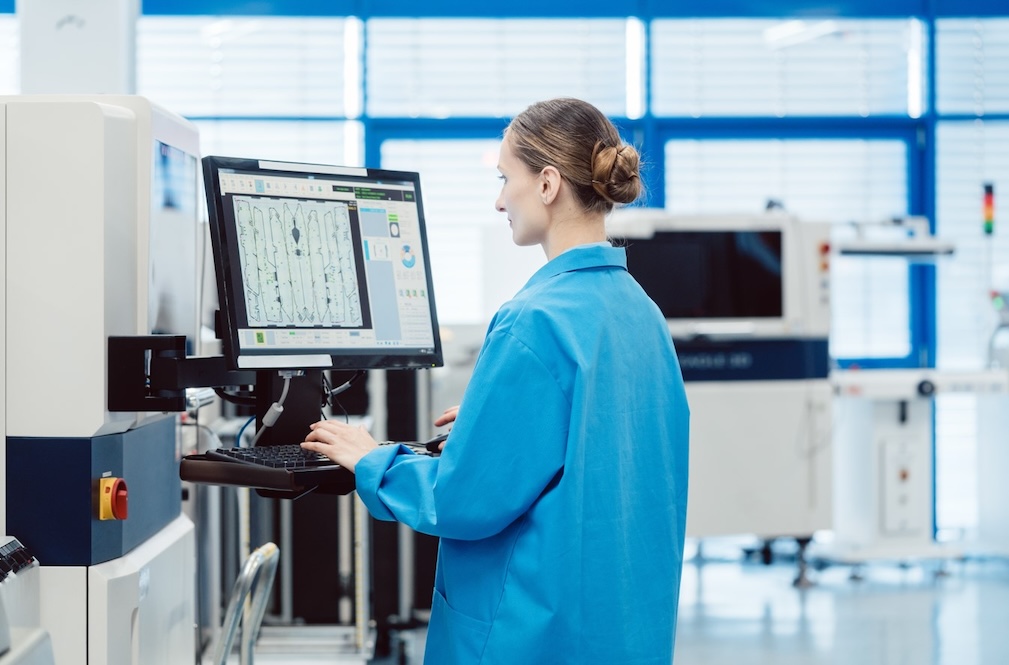TestStand makes it easy to improve performance in production testing by enabling engineers to automate complex test processes. Efficiency and reliability are key in the industrial sector, making this type of solution essential to maintain competitiveness. Using TestStand takes automation to a new level, allowing companies to optimise their testing processes while reducing manual intervention. Such modern approaches can significantly increase the speed and accuracy of production testing, ultimately contributing to the long-term success of businesses.
What do you need to know about TestStand?
TestStand represents a revolution in automated testing solutions. It offers a comprehensive platform specifically designed to create, run and maintain automated tests. It allows users to set up complex test sequences without the need for in-depth programming knowledge. This not only speeds up development but also simplifies maintenance.
Developed by Emerson/National Instruments (NI) with reliability and industry standards in mind. It has evolved over the years in response to user needs and industry changes. As a result, it has become the versatile instrument we know today.
Its features and capabilities include the ability to create tests without code. This feature allows users to set up test flows intuitively using graphical tools, which facilitates software use.
Another major strength of TestStand is its integration with NI software. It works seamlessly with LabVIEW so users can easily combine automated test flows with other measurement and data processing tasks. This multi-year development balances flexibility and efficiency, which is the cornerstone of any modern test environment.
Applications of TestStand
TestStand's versatility simplifies the automated testing process for many industries by enabling efficient monitoring and optimisation of production processes. The software ensures that every component is thoroughly checked before it leaves the production line, minimising the number of defective products.
It simplifies complex test procedures for testing electronic products. The tool can combine multiple devices and perform detailed analysis so that all aspects of electronic devices can be thoroughly tested. This not only enhances quality assurance but also helps you to compete in the market.
Validation test systems are also emerging as a key application area. Here, TestStand helps to measure functional performance and reliability testing. The software offers the option to meet the stringent certification requirements that are essential to comply with safety standards.
Benefits of the software
Increased efficiency is one of the most crucial benefits of TestStand. Automated testing reduces the need for manual labour, saving not only time but also costs. Besides efficiency, the flexibility of the software is also remarkable. It can easily be used in a variety of testing environments, from small labs to large, industrial facilities.
TestStand allows users to create test scripts quickly and easily through an intuitive interface. It also integrates easily with other National Instruments tools, enhancing system interoperability and test integration.
ProDSP: TestStand training courses
ProDSP's TestStand training is specifically designed for those who want to gain a deeper understanding and effective use of the software in automated testing tasks. The training is divided into two major levels: we offer introductory courses for beginners and advanced courses for more experienced users. The beginner courses aim to familiarise participants with the basics of TestStand while applying theoretical knowledge through practical exercises. The advanced level provides more in-depth knowledge, including complex process management and a practical understanding of TestStand's extensive capabilities. The strength of the training lies in its real-world application approach.
In addition to ProDSP's services, there is also a strong emphasis on education. In addition to TestStand training, LabVIEW training is also available. For more information on LabVIEW programming, see our previous blog post What is LabVIEW programming?




